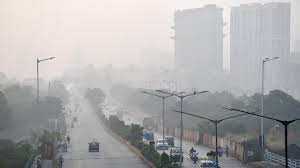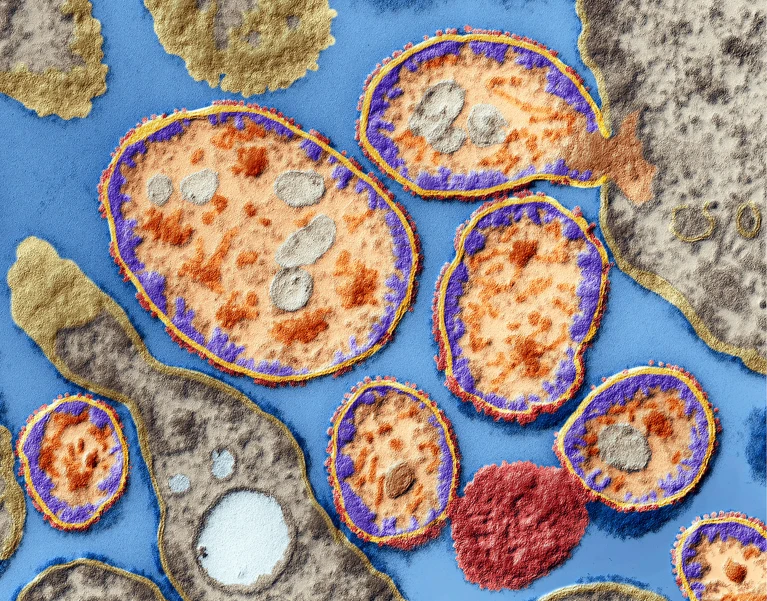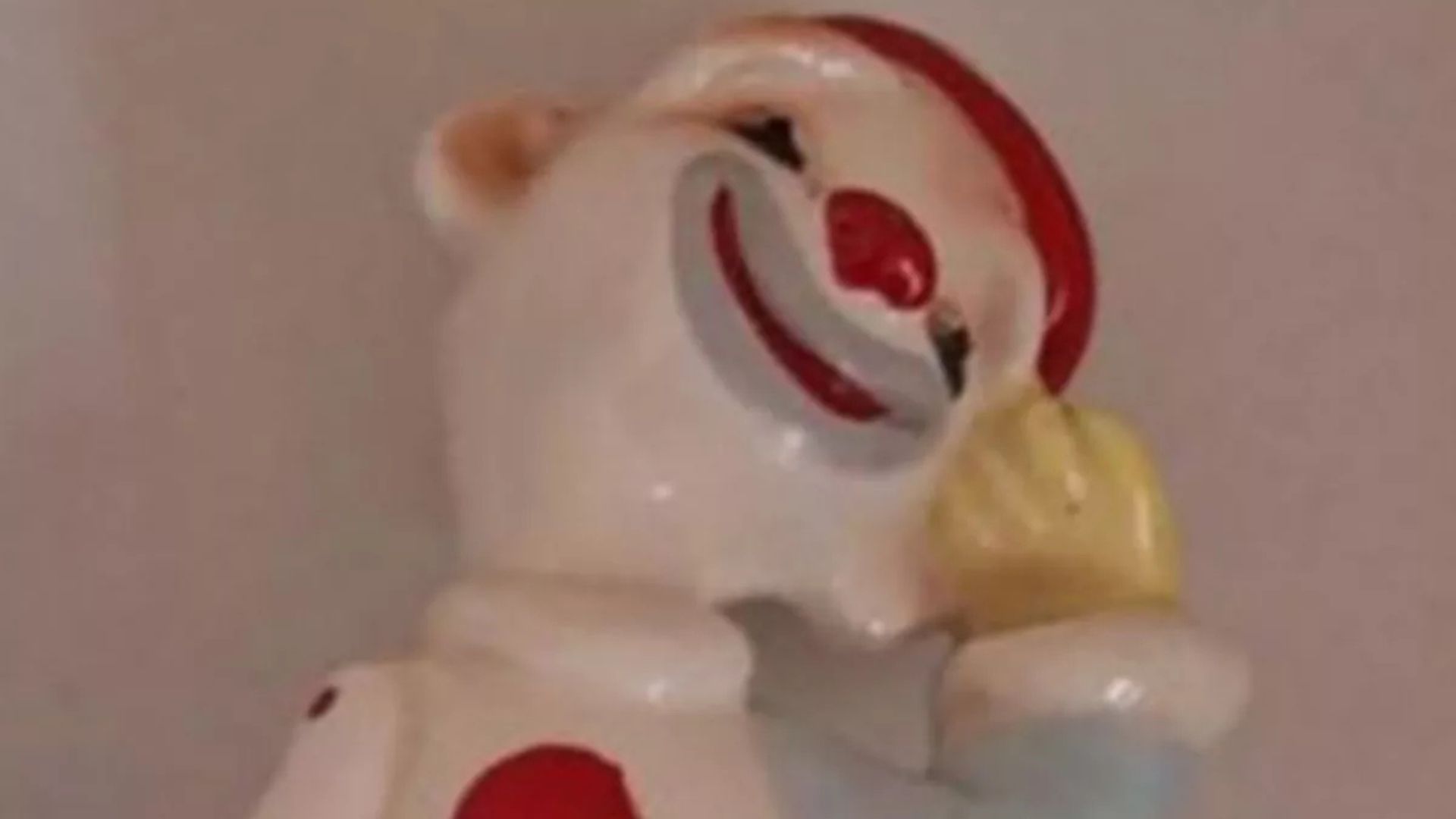
On Thursday morning, Mumbai witnessed a decline in air quality, with the overall Air Quality Index (AQI) reaching 198, indicating a notable increase from the previous day’s 177. Scientists attribute this deterioration to the combination of decreasing temperatures and a reversal in wind patterns.
Data collected from the Central Pollution Control Board (CPCB) revealed that Bandra Kurla Complex registered the poorest air quality with an AQI of 294, categorizing it as “poor.” Other areas significantly affected include Malad West (293), Shivaji Nagar (256), and Colaba’s Navy Nagar pocket (243).
The previous day saw Bandra Kurla Complex with the highest AQI at 285, followed by Malad West (277), Shivaji Nagar (259), and Sewri (245).
Weather experts explained that the current spike in AQI is a consequence of winter conditions, and the city should anticipate elevated levels until the prevailing wind patterns change.
As of Thursday, the minimum temperatures recorded by the IMD’s Santa Cruz station were 19.8 degrees Celsius, while the Colaba coastal observatory recorded 22.3 degrees. Sushma Nair from IMD Mumbai stated, “Based on our current weather charts, minimum temperatures are expected to dip below 18 degrees, possibly reaching around 16 degrees in the first week of January, specifically between January 2 and 3, due to northerly winds. This drop may occur if there is substantial snowfall in the northern regions. Additionally, maximum temperatures could also fall below 30 degrees.”
Scientists from the India Meteorological Department (IMD) indicated that while the city will experience temperatures ranging between 20 to 22 degrees in the coming days, residents can anticipate a noticeable chill post-New Year’s Eve, with temperatures potentially dropping to nearly 16 degrees Celsius.















